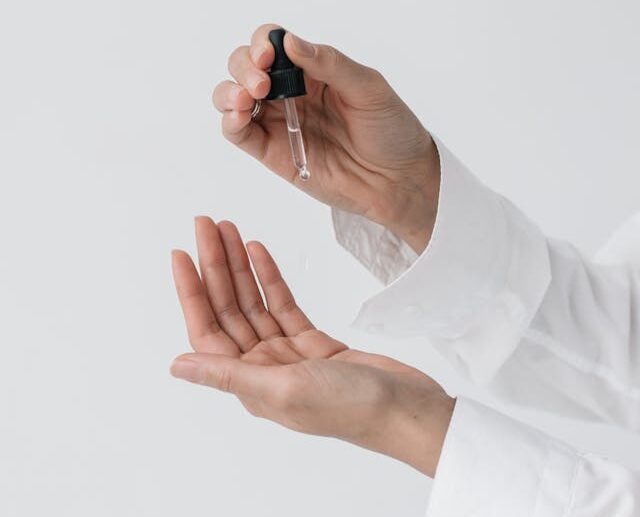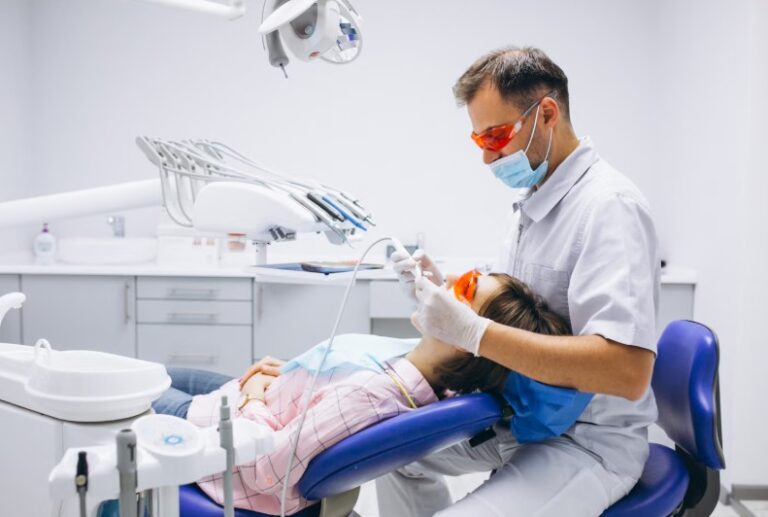
Skin cancer is one of the most common forms of cancer, and its early detection can impact treatment outcomes. Thanks to dermatology, the early stages of skin cancer are easier to spot, providing patients with a better chance of addressing potential concerns before they escalate. Knowing how dermatologists play a role in identifying skin cancer, their tools, and the steps you can take to protect your skin.
Why Regular Skin Checks Matter
Skin cancer often develops subtly, making it challenging to detect without the expertise of dermatology professionals. Regular skin exams by a dermatologist help identify unusual growths, changes in moles, or other abnormalities that could indicate cancer. With advanced dermatology techniques, even the smallest changes on your skin can be assessed, allowing suspicious lesions or pre-cancerous conditions to be flagged for further evaluation. Scheduling these exams annually is a proactive step toward safeguarding your skin health.
Advances in Skin Cancer Screening
Dermatologists rely on advanced tools and techniques to identify potentially cancerous skin changes. Common methods include dermatoscopy, which magnifies skin lesions to reveal patterns and colors not visible to the naked eye, and biopsies, performed to confirm a diagnosis when a suspicious lesion is detected. Photographic monitoring also tracks changes in moles or spots over time, enabling early detection of abnormalities.
Educating Patients to Recognize Warning Signs
Dermatologists emphasize patient education to empower individuals to identify early signs of skin cancer. Understanding what to look for can make all the difference. The ABCDE method is a reliable guide for evaluating moles or spots and includes:
- A for asymmetry (irregular shape)
- B for border (uneven or blurry edges)
- C for color (variations in color, including black, brown, or red)
- D for diameter (spots larger than a pencil eraser)
- E for evolving (changes in shape, size, or color over time)
Early Detection and Treatment Success
While dermatologists don’t treat cancer directly, they serve as the first line of defense against its spread. Early skin cancer detection often means it hasn’t metastasized to underlying tissues or other body parts, allowing for less invasive treatments and significantly improving patient outcomes.
Non-invasive options, such as topical therapies or minor excision, are frequently effective for early-stage skin cancers. In contrast, advanced cases may require more intensive interventions, such as surgery, radiation, or chemotherapy. Detecting cancer early helps reduce the physical, emotional, and financial burdens associated with more aggressive treatments.
Skin Cancer Prevention Tips
Along with regular dermatology appointments, adopting good skin care habits can further minimize your risk. Here are some preventive strategies:
- Use Sunscreen: Apply broad-spectrum sunscreen with SPF 30 or higher daily, even on cloudy days. If you are outdoors, reapply every two hours.
- Wear Protective Clothing: Hats, sunglasses, and long-sleeve shirts shield your skin from harmful ultraviolet (UV) rays.
- Avoid Peak Sun Hours: Limit sun exposure between 10 a.m. and 4 p.m., when UV rays are strongest.
- Perform Monthly Self-Checks: Inspect your skin regularly for new or changing moles and lesions.
Also Read: Early Detection Saves Your Skin
Take the Next Step With Expert Dermatology
Dermatology is a key ally in the fight against skin cancer. With regular skin exams, advanced screening tools, and patient education, dermatologists can detect skin cancer early, preventing its spread and enabling timely, effective treatment. Protect your skin and prioritize your health; schedule a skin check with a board-certified dermatologist today.








